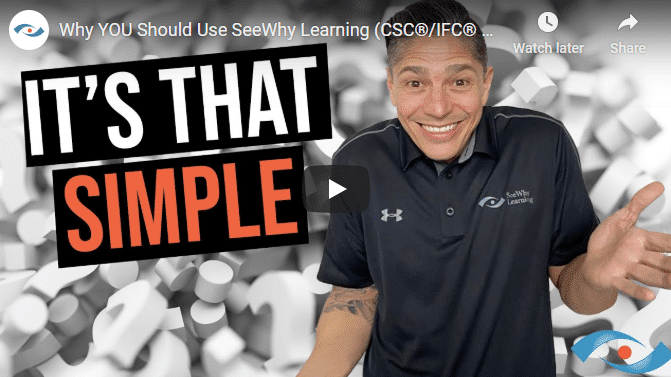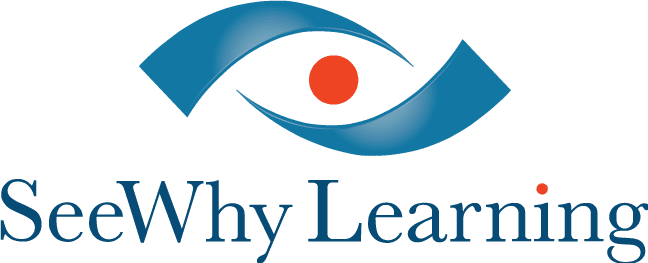When investing in exam preparation study tools keep in mind that doing practice questions teaches you absolutely nothing. It’s only afterwards, when you review the explanation, which will either confirm or correct your understanding, that any learning occurs. SeeWhy Learning senior trainers have over 40 years of combined experience coaching students through regulatory exams in the financial services industry. They take great care when writing an answer key and they will impart their knowledge or give you a tip or a strategy on how to tackle a certain question. In this video, I’m going to show you how a SeeWhy exam prep question can teach you how to think when tackling certain questions.
What is always true of a company’s “Statement of Financial Position”?
a) Assets + Liabilities = Equity
b) Assets – Equity = Liabilities
c) Equity + Assets = Liabilities
d) Assets > liabilities
It is a relatively simple concept but it’s made really challenging based on the wording. It almost requires you to do a little bit of mental gymnastics to try and figure out the right answer, but not with good training. Let’s dive into this question and tackle it together.
Each answer is some kind of mathematical equation. I’m going to assume you have some basic knowledge of this statement, which used to be called a “balance sheet”. If you need a refresher, and you added the SeeWhy Learning full suite of videos to your subscription, we do have a video where we go into this concept in more detail. It is called “Statement of a Financial Position and Statement of Changes in Equity”.
When looking at this question there are really two ways we can do it. We can just try to look at the wording and figure out which one is right and which three are wrong. Personally, I find that challenging and even though I’m really comfortable with this statement, the wording is challenging.
Here is a really simple way. Let’s make up a very basic statement of financial position. Let’s assume our assets are $3 and our liabilities are $2. What would our equity be? Well, $3 in assets minus $2 in liabilities equals $1 in equity. Now let’s take those numbers and plug them into each equation and see which one makes sense.
If we take assets of $3 and add $2 in liabilities, we would get $5, not $1, so answer “a” is wrong. Let’s cross it out.
Let’s take a look at answer “b”. If we take assets of $3 minus equity of $1, that would give us $2 in liabilities, so answer “b” is a correct statement. Let’s put a check mark there for now. We need to make sure we can eliminate the other two.
Answer “c”: Equity of $1 plus assets of $3 would equal $4, not $2. So, answer “c” is wrong.
Finally, answer “d”. This one has a “greater than” sign. Way back in school my teacher taught me to think of it like an alligator’s mouth and it’s eating the bigger piece. Well, is it true that assets are always bigger than liabilities? No, not at all. That’s obviously the goal, and a sign of a healthy company, but as you know, companies do go bankrupt. It’s possible for a company’s liabilities to be greater than its assets, so answer “d” is also wrong.
Therefore, we can confidently choose answer “b”.
Now, in our exam preparation tools, we don’t just give you the answer. We will give you an explanation and probably a tip like this on how to tackle it because it’s so much easier. This is a great example of why it is important to do exam prep questions; they allow you to apply what you’ve learned, and you can learn from your mistakes. But most importantly, read the answer keys! At SeeWhy Why Learning, we really take a lot of effort to make sure that our answer keys are effective and easy to understand. Good luck on your upcoming exams.
Recent Videos

Monetary & Fiscal Policy Part 2

Monetary & Fiscal Policy






